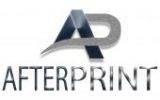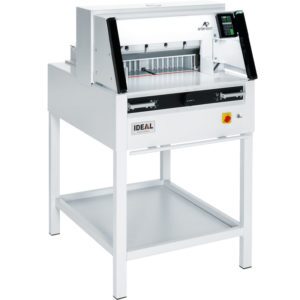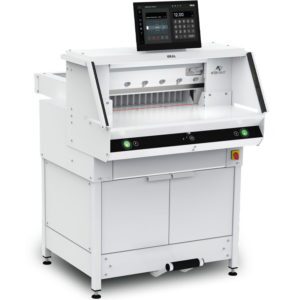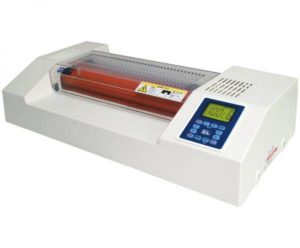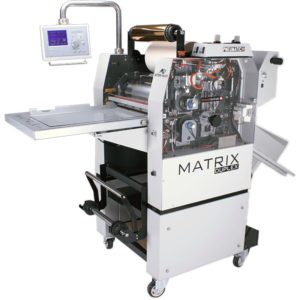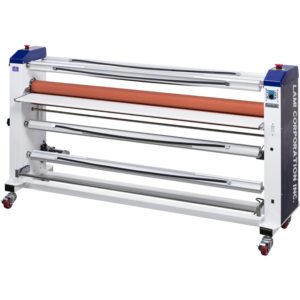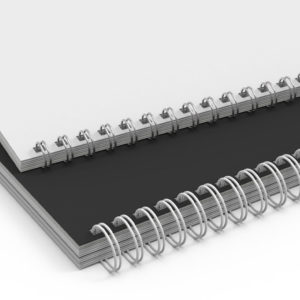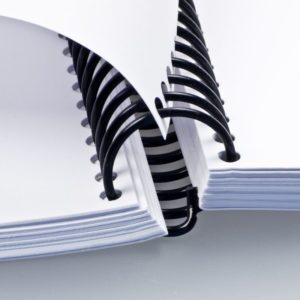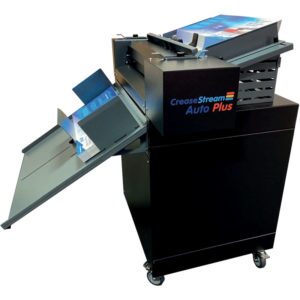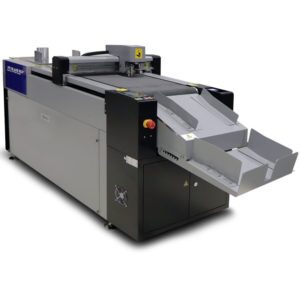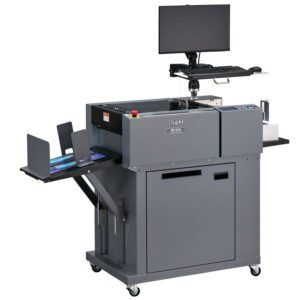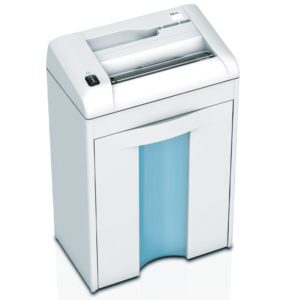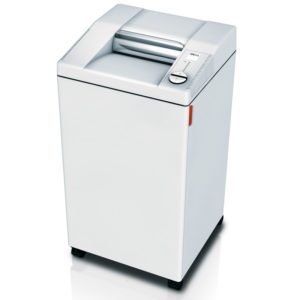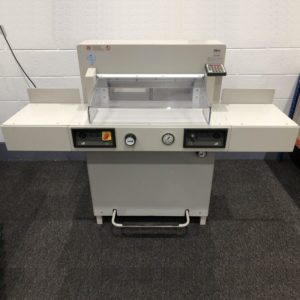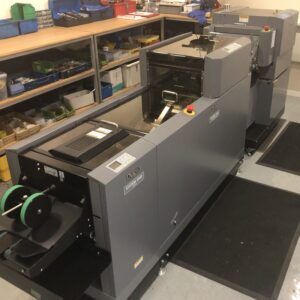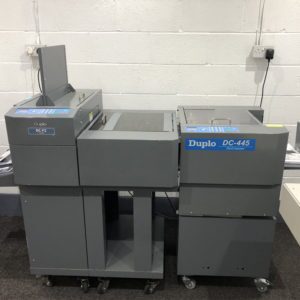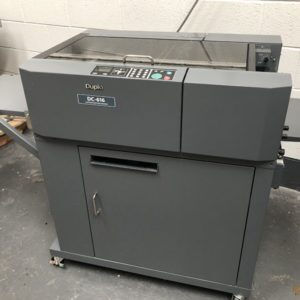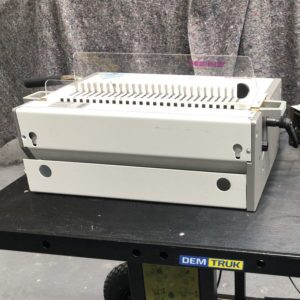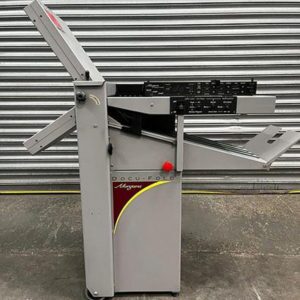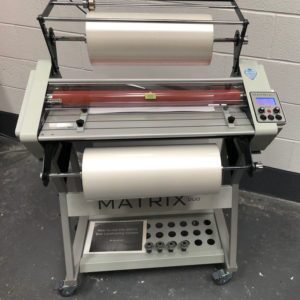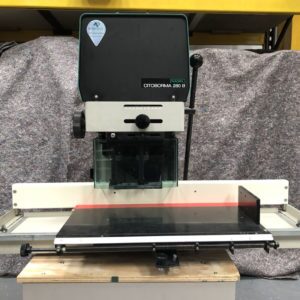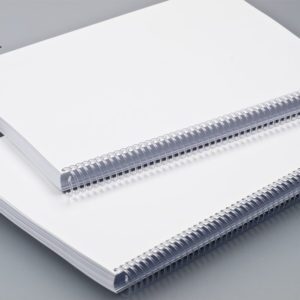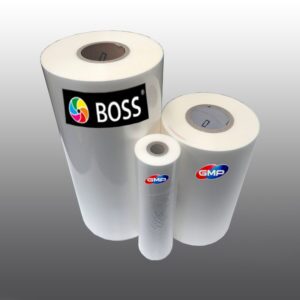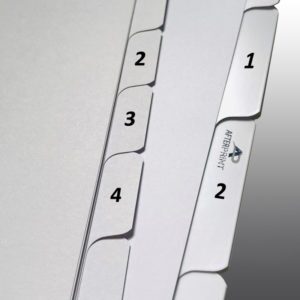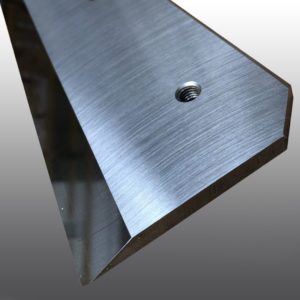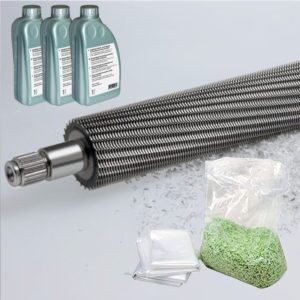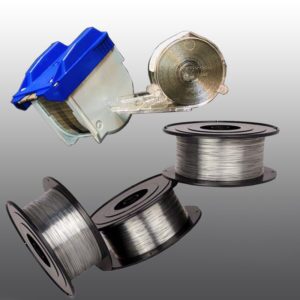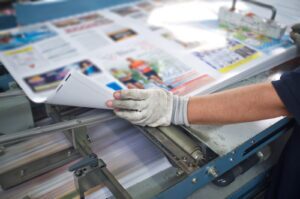26 June 2023
Efficient Document Binding: Tips for Streamlining the Binding Process
Efficient document binding is essential for organisations that handle a lot of paperwork. AfterPrint understands the need for streamlining processes and has compiled tips to help you choose the best paper binding machine, factors to consider before making your choice and ways to streamline the process. Read on to learn how you can improve efficiency in your office with our helpful advice.
Why Efficient Paper Binding Machines Matter
Efficient paper binding machines matter because they streamline the binding process, making it faster and more efficient. With the right machine, you can bind large quantities of documents quickly with minimal effort. This saves time and makes your workflow much smoother.
In addition to saving time, efficient paper-binding machines also produce higher quality results. Binding covers will be properly aligned, pages will be securely bound together without any loose sheets or gaps, and everything will look neat and professional. Whether you’re using coil binding or comb binding strips, a good machine ensures that your finished product looks top-notch while being durable enough to last.
Overall, investing in an efficient paper binder is a cost-saving measure in the long run for businesses that frequently handle document-binding projects. By reducing manual labour hours needed for handbinding individual documents as well as improving efficiency through producing high-quality products within seconds; this leads to significant savings on both fixed costs like payroll expenses and variable costs such as materials used during production.
Faster Binding
Investing in a high-speed binding machine is an efficient way to streamline your document binding process. By using pre-punched paper, you can significantly reduce the assembly time and speed up the overall production process. Additionally, training employees on efficient binding techniques can further improve productivity and minimise errors.
Here are some tips for faster binding:
- Invest in a high-speed binding machine
- Use pre-punched paper for quick assembly
- Train employees on efficient binding techniques
By implementing these simple steps, your company can save time and resources while achieving higher quality results. Whether you’re using coil or comb bindings, or even considering different options like closers or binding covers, these tips will help make your document-binding process more efficient.
Higher Quality Results
Choose the right type of binding for your document to ensure higher quality results. Whether it’s coil binding or comb binding, there are various options available that suit different needs. Don’t forget about the importance of using durable and professional-grade materials such as binding covers or strips.
Before punching holes, take a moment to ensure proper alignment and spacing. This small step can make a big difference in the final outcome of your documents. Investing in efficient paper binding machines and closers can also streamline the process while producing high-quality results. By following these simple tips, you can achieve faster production times without sacrificing quality.
Cost Savings
Consider outsourcing your document binding needs to a professional printing company rather than investing in expensive equipment like binding machines, closers or comb binding supplies. This can save you money on capital expenditure and ongoing maintenance costs. Alternatively, if you do have your own equipment, be sure to regularly maintain and service your machines to prevent costly repairs later down the line.
Another way to save money on document binding is by buying supplies like binding strips, covers or coil bindings in bulk. This will help reduce the cost per unit which translates into huge savings over time for businesses that use these products frequently. Be sure to research different suppliers and purchase from reputable companies with competitive pricing options!
Factors to Consider When Choosing a Paper Binding Machine
When choosing an efficient paper binding machine, capacity is a crucial factor to consider. Assess the volume of documents that need to be bound regularly and choose a machine that can handle the workload without frequent interruptions.
In addition to capacity, consider your preferred binding style. Different machines support various styles like coil or comb bindings. Choose one that matches your preference and needs for professional-looking documents that are secure and easy to use.
Capacity
Consider the amount of paper you need to bind at once, as this will determine the capacity needed for your binding machine. Look for a machine with adjustable binding capacity so that it can handle different document sizes and thicknesses. It’s also important to think about future growth and choose a machine that can handle increased binding needs.
Here are some things to keep in mind when considering capacity:
- Determine the maximum number of pages you need to bind at once
- Choose a machine with an appropriate punch/binding length
- Check the specifications for maximum paper weight
By taking these factors into account, you’ll be able to choose an efficient paper binding machine that meets your current and future needs.
Binding Style
Determine the type of binding style required for your documents before investing in a paper binding machine. There are various options available such as coil, comb, wire or thermal binding styles which cater to different requirements. For instance, if you need to add or remove pages frequently, then a coil or comb binding machine may be suitable for your needs.
Choosing the right paper binding machine can be crucial to ensure that your chosen style is compatible with the equipment you have invested in. Check whether the chosen model supports features like adjustable margins and disengaging punches so that you can easily bind books of varying sizes. This will not only ease up on time spent but also eliminate potential wastage from incompatible machines saving money over time.
Ease of Use
Selecting an efficient paper binding machine can be a daunting task, especially with the wide range of options available in the market. To ensure ease of use, it is important to choose a machine that comes with simple operations and clear instructions. Additionally, consider opting for machines that offer automatic features rather than manual punching to save time and minimise errors.
When selecting a binding machine, don’t forget to look out for additional features such as margin adjustments and electric punch options. These can significantly improve workflow efficiency by allowing you to customise bindings according to your specific needs without much hassle. By keeping these factors in mind when choosing a document binding machine, you can streamline your entire process while saving valuable time and resources.
Tips for Streamlining the Binding Process
To streamline the binding process, it’s important to take a few steps before starting. Organise your documents beforehand and ensure they are in good condition without any creases or tears. This will make the entire process smoother and quicker.
Investing in efficient paper binding machines that can handle larger volumes of paper is another great way to streamline document binding. Look for machines with features like automatic punching and stapling, allowing you to bind multiple documents at once with minimal effort. By choosing the right machine for your needs, you can save valuable time and money while achieving high-quality results every time.
Organise Your Documents
Efficient paper binding machines can be a game-changer in the organisation of your documents. To streamline the binding process, start by sorting your pages and removing any staples or paper clips from them. This will make it easier to collate the pages in order and ensure that they are ready for binding.
When organising your documents, it’s important to take into consideration how you want them presented after they have been bound. Sorting through your materials beforehand can save time and prevent frustration during the actual binding process. Removing any extra materials such as staples or paper clips also ensures that no damage is caused to either the machine or document itself when being fed through a binder.
Lastly, collating pages in order is crucial for producing an organised final product with minimal rework required once finished. Taking these simple steps before using efficient paper binding machines can help provide an easy-to-use and effective solution for keeping all of your documents neatly arranged.
Use the Right Supplies
When it comes to document binding, selecting the appropriate binding type for your document is essential. Consider factors such as the number of pages and how often the document will be used to make an informed decision. Additionally, choose high-quality binding covers and combs or coils that can withstand wear and tear.
To ensure a smooth and efficient process, make sure you have adequate supplies available. Running out of supplies mid-project can lead to interruptions in productivity. By stocking up on necessary items ahead of time, you can avoid unnecessary delays and complete projects efficiently. Remember that using efficient paper binding machines can also save time by automating certain aspects of the process.
Prepare Your Binding Machine
Clean and maintain your paper binding machine regularly to ensure that it operates at its best performance. Proper maintenance will help reduce the risk of damage or malfunction, which can lead to costly repairs. Additionally, warming up your machine before use when applicable is essential to prevent any potential jamming or other issues during operation.
Adjusting settings such as punching depth, margin width, and cover size can also drastically improve efficiency during the binding process. To get started with preparing your binding machine for optimal productivity:
- Clean and lubricate all moving parts
- Check for worn-out parts and replace them promptly
- Follow the manufacturer’s guidelines for warm-up time before use
- Adjust punching depth according to document thickness
- Set margins according to preferences
- Ensure cover size matches document dimensions
By following these simple steps, you’ll be able to streamline the binding process and maximise efficiency on a daily basis.
Utilise Time-Saving Features
Explore automatic functions such as edge-to-edge printing or double-sided punching to save time during the document binding process. These features eliminate the need for manual input and help produce quality outputs in a shorter amount of time. Additionally, investing in machines with higher sheet capacities reduces the time spent on reloading documents, allowing you to focus more on your work.
To further streamline your binding process, consider machines with built-in comb openers, coil inserters or wire closers for added efficiency. These features make it easier and faster to finish off documents without having to manually insert combs or close wires by hand. By utilising these smart options, you can significantly reduce handling times while delivering consistent professional results every single day!
Train Your Staff
To ensure efficient paper binding processes, it’s crucial to train your staff on proper machine usage. This includes instructing employees on how to load reams of paper into trays and paper drawers correctly. Additionally, educating staff on how to troubleshoot common problems during a binding job, such as jams, can save time and avoid delays.
Another area that training should cover is best practices for minimising wasted materials like covers and combs through efficient measuring and cutting techniques. By demonstrating these methods to your team, you’ll be able to reduce waste levels while also streamlining the overall process. Investing in training your staff will ultimately lead to greater productivity and more cost-effective solutions for document binding needs.

